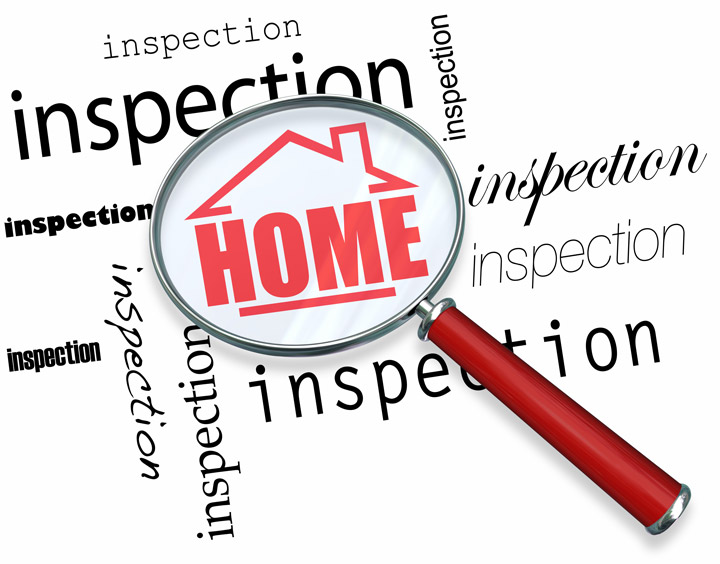
An Overview of the Appraisal ProcessTheir home's purchase is the biggest financial decision many of us will ever encounter. It doesn't matter if a primary residence, a second vacation home or an investment, the purchase of real property is a complex financial transaction that requires multiple parties to see it through. Most of the people participating are very familiar. The most recognizable person in the transaction is the real estate agent. Next, the mortgage company provides the financial capital necessary to bankroll the exchange. And ensuring all details of the transaction are completed and that a clear title transfers to the buyer from the seller is the title company. So, what party is responsible for making sure the value of the property is in line with the amount being paid? In comes the appraiser. We provide an unbiased opinion of what a buyer could expect to pay — or a seller receive — for a property, where both buyer and seller are informed parties. A licensed, certified, professional appraiser from DP Appraisals will ensure, you as an interested party, are informed. Appraisals start with the home inspectionOur first responsibility at DP Appraisals is to inspect the property to determine its true status. We must see features hands on, such as the number of bedrooms and bathrooms, the location, living areas, etc, to ensure they truly are there and are in the shape a typical buyer would expect them to be. The inspection often includes a sketch of the floorplan, ensuring the square footage is accurate and illustrating the layout of the property. Most importantly, the appraiser looks for any obvious features - or defects - that would affect the value of the house. Once the site has been inspected, we use two or three approaches to determining the value of the property: sales comparison and, in the case of a rental property, an income approach. 
Cost ApproachThis is where we use information on local construction costs, labor rates and other elements to ascertain how much it would cost to replace the property being appraised. This estimate usually sets the upper limit on what a property would sell for. The cost approach is also the least used predictor of value. 
Paired Sales AnalysisAppraisers become very familiar with the subdivisions in which they work. They thoroughly understand the value of particular features to the homeowners of that area. Then, the appraiser researches recent sales in the area and finds properties which are 'comparable' to the real estate at hand. Using knowledge of the value of certain items such as upgraded appliances, additional bathrooms, additional living area, quality of construction, lot size, we adjust the comparable properties so that they are more accurately in line with the features of subject.
After all differences have been accounted for, the appraiser reconciles the adjusted sales prices of all the comps and then derives an opinion of what the subject could sell for. At DP Appraisals, we are experts when it comes to knowing the worth of particular items in Stamford and Fairfield County neighborhoods. The sales comparison approach to value is typically given the most weight when an appraisal is for a home exchange. Valuation Using the Income ApproachIn the case of income producing properties - rental houses for example - the appraiser may use a third approach to value. In this situation, the amount of income the real estate yields is factored in with income produced by comparable properties to give an indicator of the current value. ReconciliationAnalyzing the data from all approaches, the appraiser is then ready to document an estimated market value for the property in question. It is important to note that while the appraised value is probably the best indication of what a property is worth, it may not be the final sales price. Depending on the specific circumstances of the buyer or seller, their level of urgency or a buyer's desire for that exact property, the closing price of a home can always be driven up or down.Regardless, the appraised value is often employed as a guideline for lenders who don't want to loan a buyer more money than the property is actually worth. Here's what it all boils down to, an appraiser from DP Appraisals will help you discover the most fair and balanced property value, so you can make wise real estate decisions. |